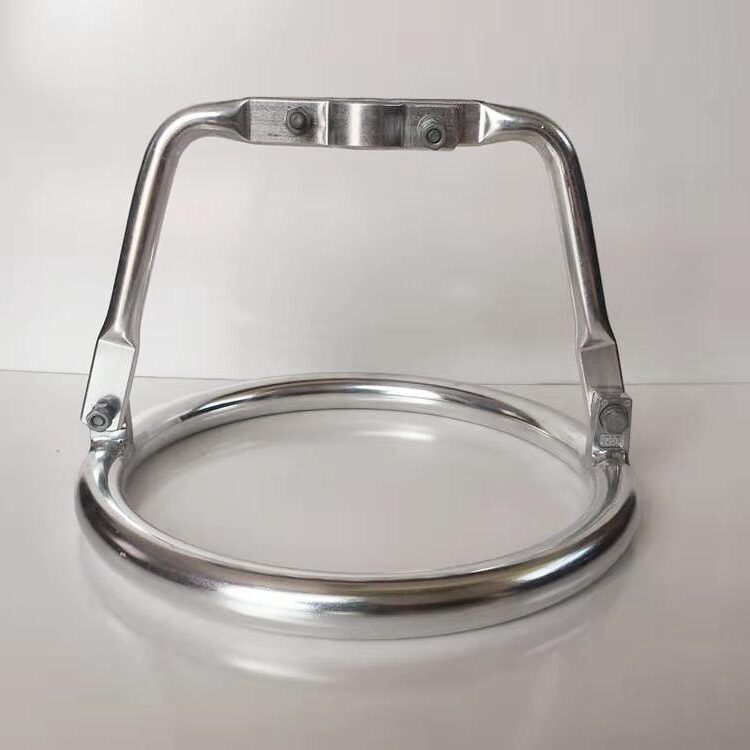
A corona ring is a device used to control corona discharge in overhead transmission lines. it is also known as a grading ring or an anti-corona ring. Corona discharge occurs when an electrical field is strong enough to ionize the surrounding air. This creates a visible glow or a hissing noise which might lead to power loss. Corona rings mount on high voltage conductors at points where the electric field intensity is highest. The main purpose of the rings is to distribute the electric field around the conductor to reduce the likelihood of corona discharge. The ring helps to improve the efficiency of the transmission line and reduce radio and television interference. They are available in different shapes such as metal shapes like hoops or discs. Corona rings are from materials that offer durability, mechanical strength and electrical conductivity. They include aluminum and copper.
Accessories used with a corona ring in electrical systems
Corona rings work with several accessories to optimize their effectiveness and functionality. The accessories help to ensure reliability, efficiency and safety of overhead electrical installations. They need proper installation and maintenance to reduce the risk of corona discharge. The following are the common accessories used with a corona ring.
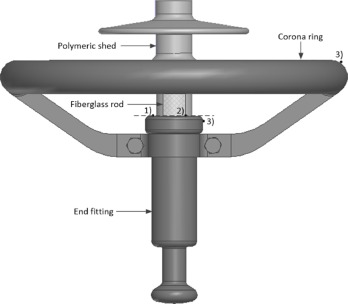
- Mounting hardware – components such as bolts, clamps and brackets help to secure the corona ring to the conductor. This provides security to the corona ring for stability and effectiveness.
- Weatherproofing materials – these includes materials such as sealants or coatings. This is to protect them from moisture, corrosion and other environmental factors.
- Lightning protection – these include systems such as lightning arrestors or surge arrestors. They help to protect the overhead electrical system from damage caused by lightning strikes.
- Insulators – these aid in support and electrically isolate the corona ring from the structure. They also prevent any unwanted electrical contact and interference.
- Spacer dampers – these are devices installed along the length of the conductor. They help to maintain proper spacing between the conductors and reduce vibration. They also help to ensure the corona ring remains in the right position relative to the conductor.
- Monitoring equipment – these include sensors or cameras installed near corona rings to track their performance. They also help to detect the signs of corona discharge.
Functions of a corona ring
Using corona rings in electrical systems brings various benefits and advantages. The rings ensure the efficient, reliable and safe operation of overhead electrical systems. This is by controlling the corona discharge ad its effects. Additionally, it is advisable to consult with professionals for guidance on the best corona rings for your specific needs. The following are the common functions of corona rings.
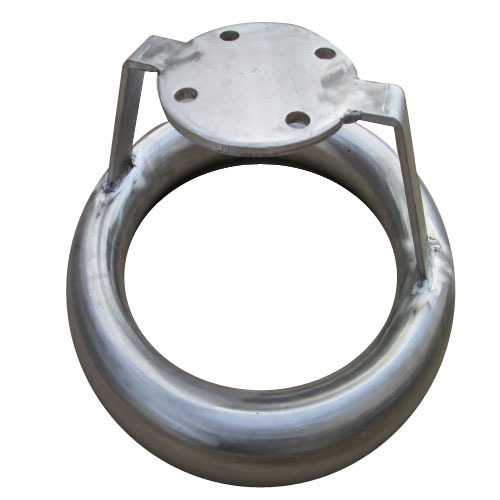
- Corona discharge reduction – corona rings help to mitigate and control the corona discharge. It does this by distributing the electric field evenly around the conductor. Corona rings help reduce the intensity of the electric field at critical points to prevent corona discharge.
- Insulation damage prevention – corona discharge can cause degradation of insulation materials. Corona rings help protect the insulation from damage, prolonging the lifespan of the transmission line.
- Enhancement of system reliability – corona rings contribute to the reliability and stability of the systems. This helps to prevent outages and other disruptions to ensure the continuous and reliable electricity.
- Transmission line efficiency improvement – the discharge can lead to energy loss in the lines. Controlled corona discharge helps to improve the efficiency of the transmission systems.
- Reduced radio interference – the discharge can generate electromagnetic interference that can interfere with radio communication systems. The corona rings help to reduce the interference to ensure clear communication. They also prevent disruptions in radio transmissions.
Supplier and vendor information for corona rings
Selecting a supplier or vendor of corona rings requires careful consideration. This is to ensure selection of high-quality products. It also helps to select a reputable and reliable supplier for performance and budgetary requirements. also, it is advisable to check on reviews from previous customers to check the supplier’s record. The following are the factors to consider when selecting the suppliers for corona rings.
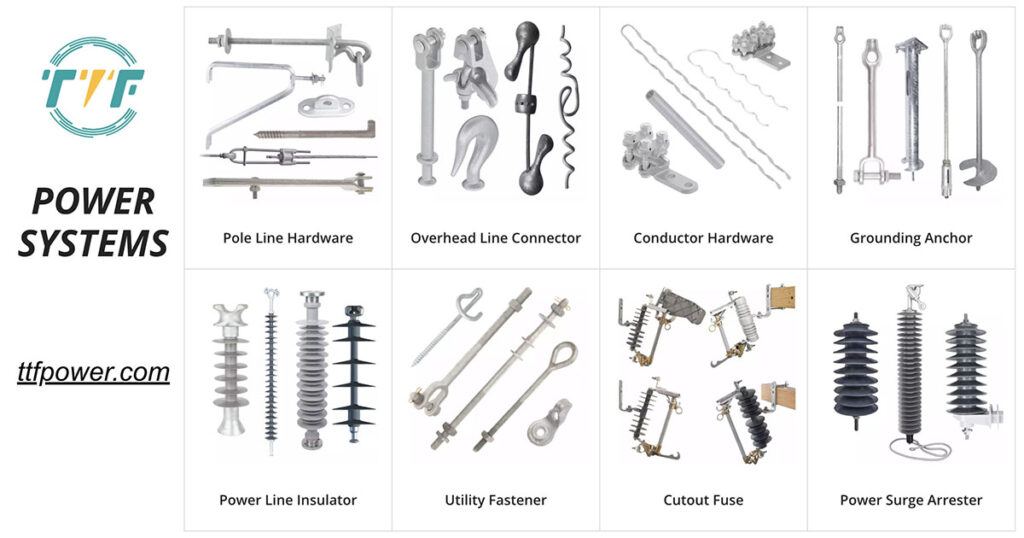
- Research and identify supplier – this includes looking for companies that specialize in electrical components. They should have experience manufacturing corona rings for overhead electrical systems. There is much information about suppliers in industry directories, trade shows and referrals from colleagues.
- Quality and compliance – ensure the suppliers adhere to industry standards and regulations related to corona rings. Their products should manufacture using high-quality materials and processes. The product should also follow relevant safety and performance standards. This includes standards set by organizations such as IEEE and IEC standards.
- Cost considerations – compare pricing and cost factors among different suppliers. Strike a balance between the quality and the cost. Take into account factors as product quality, reliability, after-sales support and lead times.
- Supplier stability and longevity – consider the stability and longevity of the supplier in the industry. The supplier should have a long history of operation to support your needs.
- Supplier credentials – check the credentials and reputation of each potential supplier. Consider factors such as their experience, range of products, manufacturing capabilities, certifications and testimonials.
- Flexibility and customization – consider whether the supplier can accommodate any specific customization requirements.
- Communication and support – check the supplier’s communication channels and responsiveness to inquiries. They should be responsive, transparent and willing to provide timely support.
Cost comparisons and considerations for corona rings
Corona rings come in various designs, shapes and prices depending n several factors. Considering these factors helps to find the best balance of quality, performance and cost effectiveness for corona rings. Additionally, it is advisable to consult with industry experts for guidance on the best prices for the selected products. The prices for the corona rings range between $1 – $100 depending on various factors. The following are the common factors to consider when comparing prices.
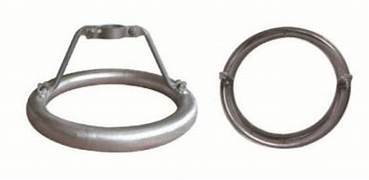
- Initial cost – consider the upfront costs of purchasing corona rings. This is because different suppliers off varying price points for similar products. It is also important to balance the initial cost with other factors like quality, reliability and value.
- Customization costs – there are extra costs associated with customization. This is especially for projects that require specific dimensions, materials or features.
- Warranty and support – consider the warranty terms and after-sales support offered by the suppliers.
- Compliance and certifications – ensure that the corona rings meet relevant industry standards and regulations. This is to gain insights on quality assurance, safety and compliance with standards.
- Quality and performance – consider the quality and performance of the corona rings regardless of the prices. Higher quality corona rings may come at a higher price tag but offer durability, reliability and performance.
- Total cost of ownership – consider the total cost of ownership over the products lifespan. This includes the initial purchase price, maintenance, repair and replacement costs.
- Lead times – consider the product availability when comparing costs. This helps to avoid project delays or extra costs related to shipping.
Community forums and interactions for corona rings
There are various community forums related to corona rings and overhead electrical systems. They can be valuable for information sharing, networking and problem solving. The interactions can also help to expand your knowledge, build professional connections and contribute to the understanding of corona rings. Additionally, it is advisable to be professionals in the various platforms to gain more insights. The following are the common interaction platforms for corona rings.
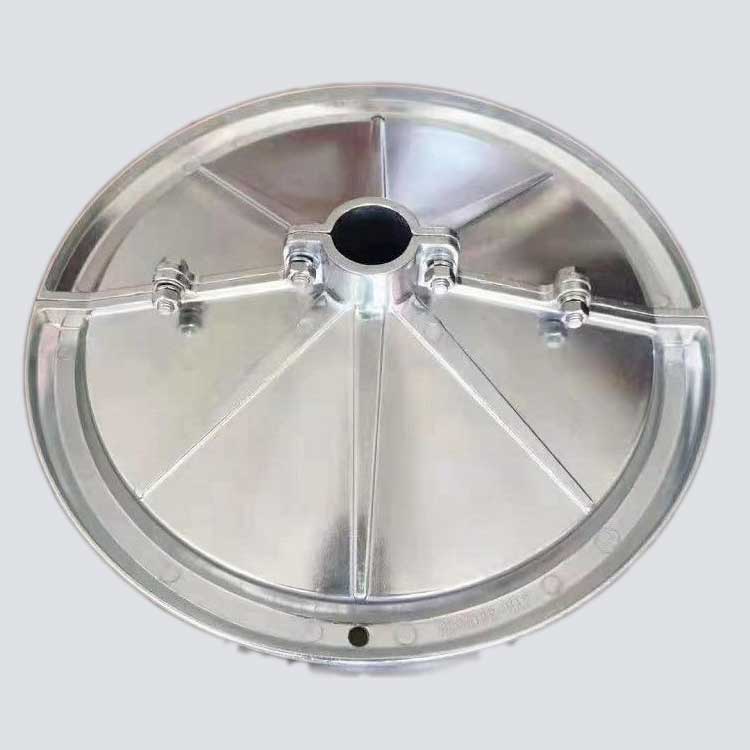
- Online platforms – there are several online platforms dedicated to electrical engineering and power transmission. They include websites like Electrical Engineering Stack Exchange, Eng-Tips forums and electric power & transmission Engineering forums.
- Professional associations – there are professional associations related to electrical engineering and power systems. These include IEEE Power & Energy Society, International council on Large Electric Systems (CIGRE) and American Society of Civil Engineers (ASCE). These associations often host conferences, seminars and technical events for networking.
- Webinars and online events – these events cover various topics relates to corona rings, transmission line designs and maintenance practices. They allow learning from experts and interact with other participants.
- Social media – there are several accounts and hashtags on social media platforms like Twitter, Facebook, Reddit and Instagram.
- LinkedIn groups – join groups related to electrical engineering, power systems and line infrastructure. They provide opportunities to connect with professionals in the field, share insights and ask questions.
- Trade shows and conferences – attend trade shows and conferences focused on electrical transmission and distribution. The events provide opportunities to learn about the latest technologies and innovations in corona rings.
Frequently asked questions
Corona rings help to maintain the efficiency, reliability and safety of electrical systems. They help reduce energy losses, reduce radio frequency interference and prevent insulation damage.
Consider their experience, reputation, product quality, customization capabilities and pricing. Also, consider compliance with standards, warranty terms and customer support.
Corona rings work with insulators, mounting hardware, spacer dampers, weatherproofing materials and monitoring equipment.
